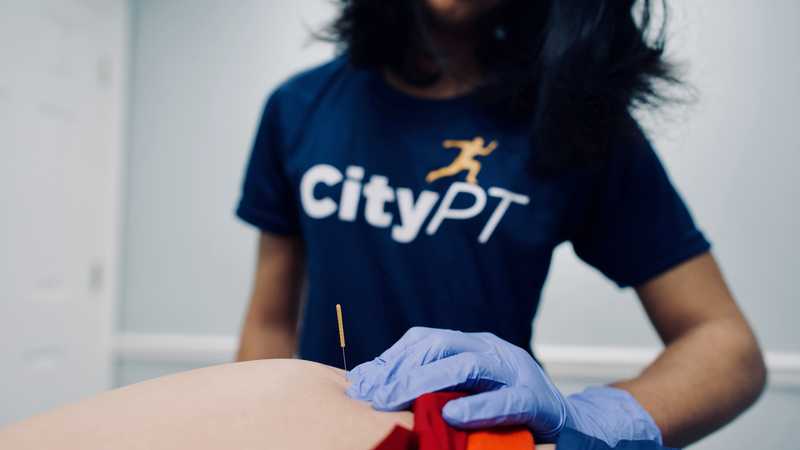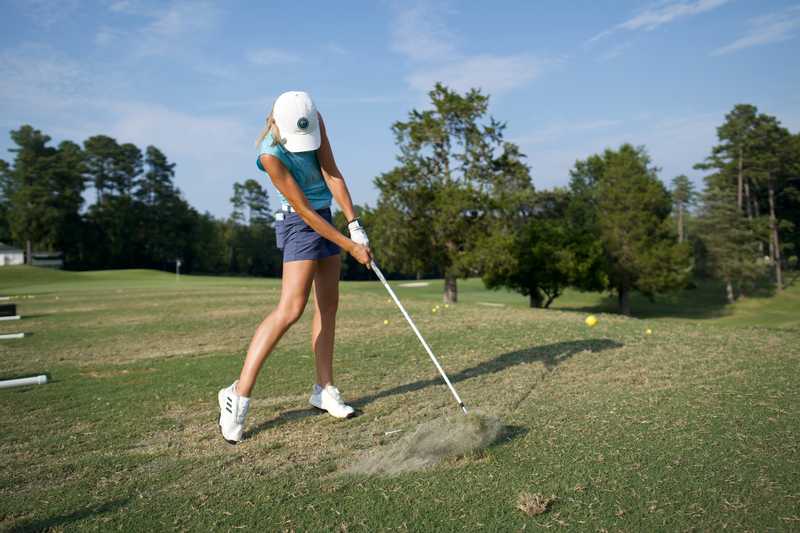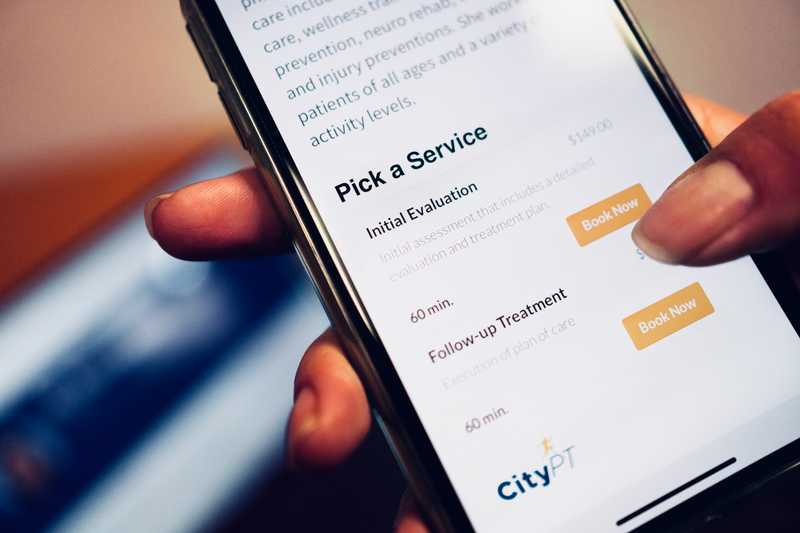Are you an athlete looking for effective methods to manage aches, pains, and accelerate your recovery from workouts or injuries? The world of needle therapy offers two popular options: acupuncture and dry needling.
If the thought of needles sticking into your body makes you feel squeamish or afraid, you're not alone. However, decades of research and countless success stories demonstrate the efficacy of both techniques in managing various physical ailments. But when it comes to athletes, which approach is better? What sets acupuncture and dry needling apart?
The answer is more complex than meets the eye and requires a bit of history to fully understand. Read on as we shed light on this misunderstood topic.
Table of Contents
- Dry Needling: A Success Story
- Dry Needling vs. Acupuncture: What's the Difference?
- What is Dry Needling?
- What Is Acupuncture?
- Dry Needling vs. Acupuncture: Which Is Better for Athletes?
- The Bottom Line: Choose the Method That Feels Right For You
Dry Needling: A Success Story
First, let's begin with a success story in athletics to address any doubts.
Jack Maeiers, a college football player, struggled with chronic shin splints that caused agonizing pain and frequently sidelined him. Dry needling was the one treatment he hadn't tried until it was recommended to him by his athletic trainer as a last-ditch effort to manage his pain.
After receiving dry needling treatments from a certified physical therapist, Maeiers experienced immediate and astonishing effects. This radical change enabled him to finish his season and implement a targeted exercise program to prevent future flare-ups.
Dry Needling vs. Acupuncture: What's the Difference?
While acupuncture is an ancient treatment associated with Traditional Chinese Medicine (TCM), dry needling is a newer approach based on Western medicine, originating in the 1980s.
Acupuncture and dry needling are popular treatments to relieve pain, reduce inflammation, and manage other symptoms. Both treatments involve the insertion of needles into specific points of the body to stimulate healing. The difference lies in HOW these insertion points are identified on the body and what the goal of the treatment is.
What is Dry Needling?
Dry needling uses thin, monofilament needles that are inserted into local muscle tissue to relieve pain and tension. These needles are "dry," meaning they are not used with any liquid or injectable substance.
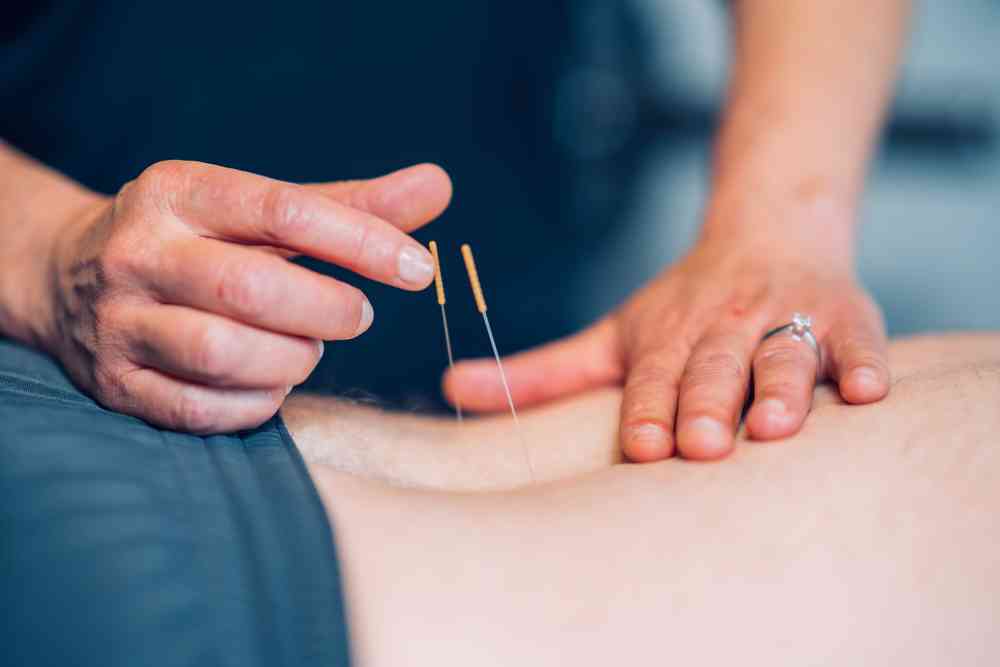
Licensed physical therapists certified in dry needling practice this technique within the state(s) they operate in. Their aim is typically to locate and release trigger points or knots in the muscles using the fine needles.
Trigger points in muscles can significantly affect a patient's mobility, flexibility, and range of motion, even causing radiating pain due to compressive nerve irritation. Dry needling is used to relax these muscles and provide relief.
What to Expect During Dry Needling
A physical therapist will first conduct an in-depth musculoskeletal evaluation to understand the underlying causes of dysfunction and pain. During the exam, they will identify any areas of pain and determine if you are a good candidate for dry needling treatment.
If the therapist recommends dry needling, you can expect to feel a minor sensation of pressure as the needle is inserted. While some patients may experience a small twitch or muscle cramp, most describe the sensation as mild discomfort.
Dry Needling Techniques
There are two primary techniques used in dry needling to address trigger points:
- In and out method: The needle is inserted into the muscle and quickly pulled out. The therapist will likely repeat this movement several times, hoping to activate a "twitch" response in the muscle that allows the muscle fibers to reset.
- In situ method: The needle is inserted into the muscle and left in place for several minutes (5 to 20 minutes). This allows the therapist to apply specific techniques, such as electrical stimulation, stretching, or massage, while the needle remains in place.
In addition, dry needles can be used to target muscle groups surrounding the primary muscle knots to promote further relaxation, healing, and improved function.
The Benefits of Dry Needling
Evidence shows that dry needling can be an effective tool for reducing both acute and chronic pain and improving the function of affected body regions.
Research also suggests that dry needling can:
- Accelerate muscle recovery
- Improve blood flow to the area
- Increase range of motion
- Reduce inflammation
- Reduce dependence on opiates and other pain medications
Common injuries that physical therapists can use dry needles to treat include:
- Tendonitis
- Plantar fasciitis
- Carpal tunnel syndrome
- Idiopathic (known cause) back pain
- Neck injuries
- And many more!
Risks of Dry Needling
There are some risks associated with dry needling. These include:
- Localized soreness or bruising
- Mild bleeding
- Infection at the site of insertion (rare)
- Nerve damage (rare)
- Pneumothorax/punctured lung (very rare)
In most instances, the benefits outweigh the risks when working with a licensed professional. Talk to your City physical therapist if you have concerns.
What Is Acupuncture?
Acupuncture is a traditional healing practice originating in China around 3000 years ago. It involves the insertion of thin, sterile needles into specific points along energy pathways known as meridians. This is believed to release trapped qi (or chi) and restore balance throughout the body.
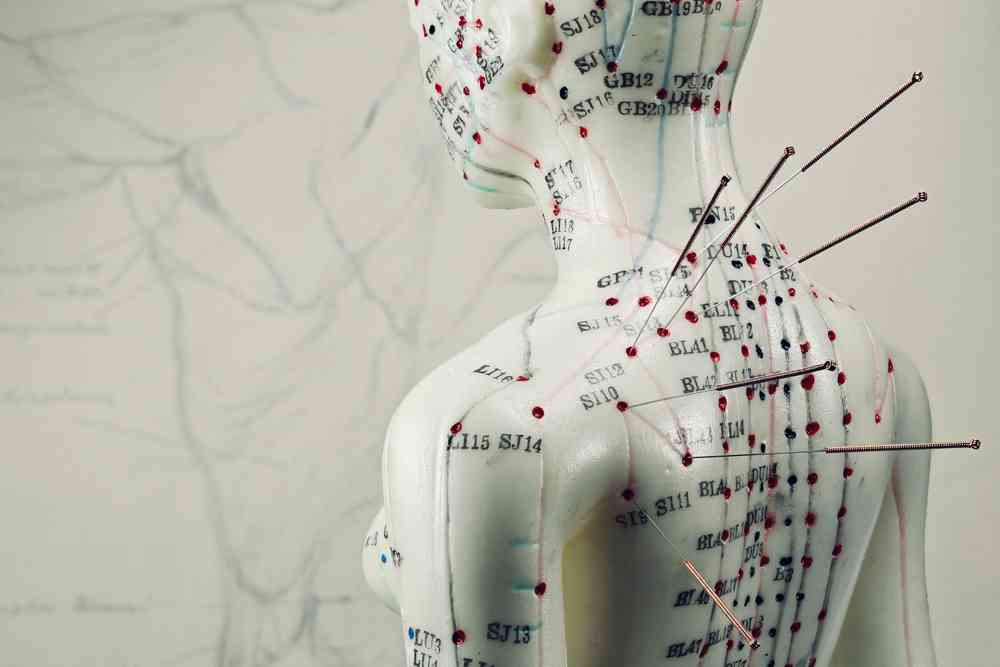
In contrast to dry needling, acupuncture focuses more on the individual's overall health and balance rather than targeting specific affected areas or symptoms.
Acupuncture is practiced by specially trained practitioners who must be certified to be able to legally perform acupuncture. These practitioners are often licensed acupuncturists that may have additional training or certifications in TCM (Traditional Chinese Medicine).
Despite assumptions of Western medicine, acupuncture's benefits are well-documented.
What to Expect During an Acupuncture Session
During an acupuncture session, the practitioner typically begins by taking your medical history and discussing your current symptoms. After this discussion, the practitioner will identify specific points on the body to insert needles.
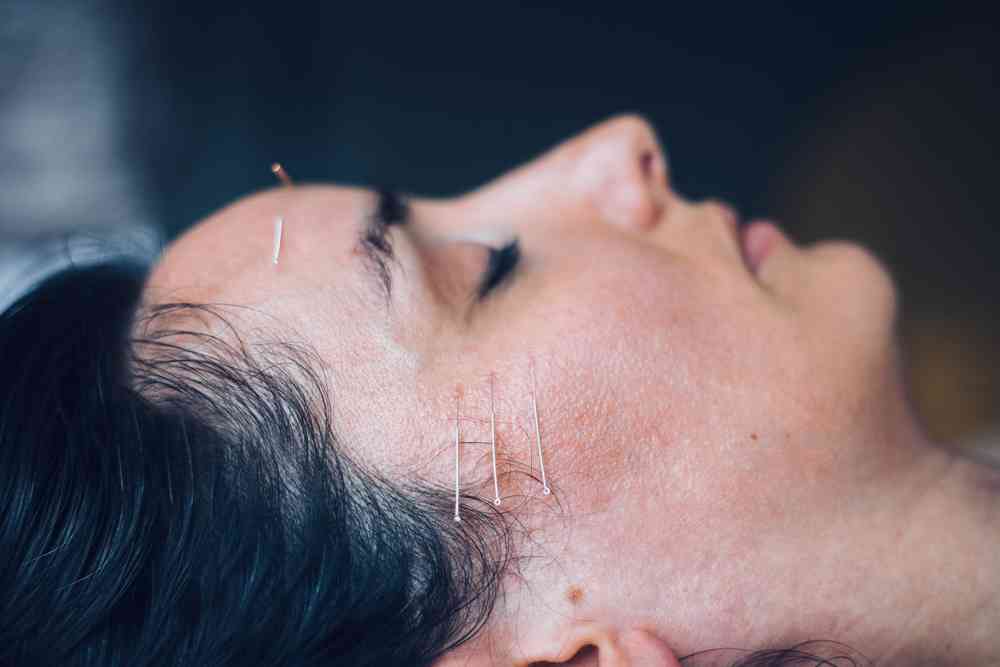
The number of needles used may vary depending on the condition being treated. After the needles are removed, the practitioner may discuss holistic lifestyle changes to help maintain balance in your body and overall health.
Benefits of Acupuncture
Research has shown that acupuncture can be beneficial for a wide range of conditions, including:
- Back or neck pain
- Pregnancy discomfort and menstrual cramps
- Chronic pain, such as migraines, osteoarthritis, sciatica, and fibromyalgia
- Nausea and vomiting due to issues like chemotherapy
- Addiction/withdrawal symptoms
Needle insertion can release endorphins (feel-good hormones) and promote blood flow, both excellent ways to address various global conditions.
Risks of Acupuncture
Similar to dry needling, there are risks associated with acupuncture, which may include:
- Localized soreness or bruising
- Mild bleeding
- Infection at the site of insertion (rare)
- Nerve damage (rare)
- Pneumothorax/punctured lung (very rare)
Dry Needling vs. Acupuncture: Which Is Better for Athletes?
Dry needling can offer specific advantages for athletes compared to acupuncture.
First off, dry needling directly targets trigger points and tight muscles, aiming to release tension and improve muscle function. This can be especially beneficial for athletes who frequently engage in intense physical activities and may develop muscular imbalances or tightness. As a result, dry needling can help enhance performance, prevent injuries, and accelerate recovery.
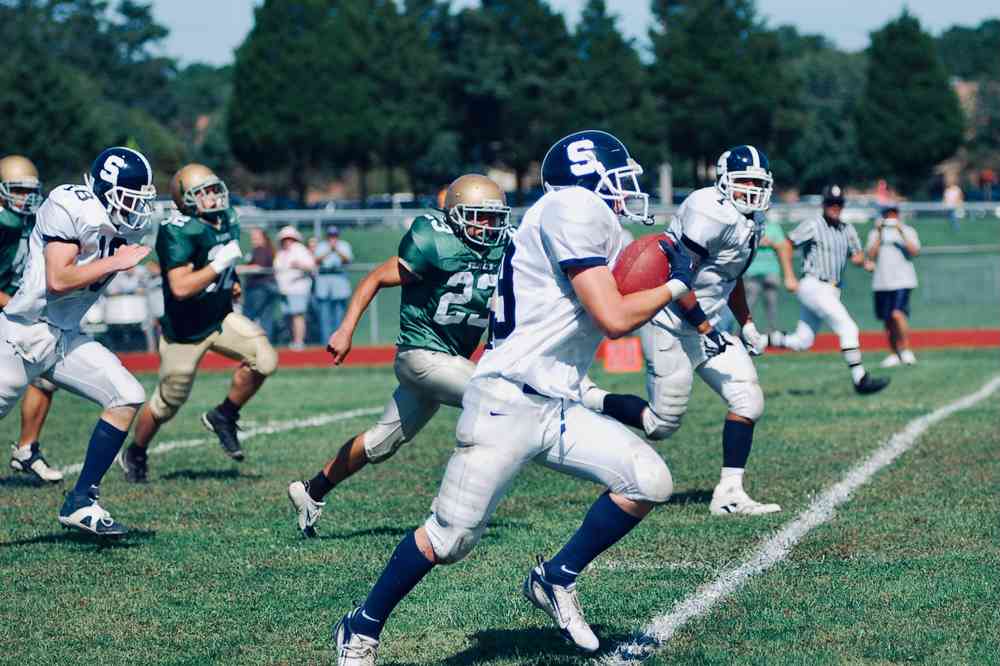
Secondly, dry needling is usually integrated into a comprehensive physical therapy program, where therapists have a deep understanding of musculoskeletal anatomy and sports-related injuries. For example, CityPT's sport-oriented treatment programs combine dry needling with other evidence-based techniques like exercise therapy, manual therapy, and corrective exercises, providing athletes with a comprehensive and personalized treatment plan.
Lastly, the goal-oriented nature of dry needling aligns well with the needs of athletes. City physical therapists specializing in dry needling typically work closely with athletes to identify their specific performance goals and develop treatment plans accordingly, which include dry needling.
Conditions Usually Best Addressed with Dry Needling and a Physical Therapist
- Muscle and joint pain
- Sports performance goals
- Injury rehabilitation
- Post surgical rehab
- Postural imbalance
- Strains and sprains
- Repetitive stress injuries
- Nerve pain
- Any illness or condition that affects an individual's ability to complete daily activities of life (thus, also affecting their quality of life)
Conditions Usually Best Addressed with an Acupuncturist
- Stress, anxiety, and depression
- Chronic pain
- Low energy or fatigue
- Gastrointestinal issues
- Chronic pain
- Cognitive difficulties, such as brain fog
- Poor sleep quality
The Bottom Line: Choose the Method That Feels Right For You
While athletes tend to prefer dry needling for sport-oriented goals, there is no definitive answer for which treatment is better. Dry needling and acupuncture are both powerful tools to help manage pain and other symptoms. The best treatment option for you is one that aligns with your individual goals, values, and comfort level.
If you're an athlete interested in trying dry needling, we strongly recommend speaking with a CityPT physical therapist who will use our proprietary goal-tracking system to help you improve faster.
Before you go, please read our disclaimer. This blog is intended for informational purposes only. We are not providing legal or medical advice and this blog does not create a provider-patient relationship. Do not rely on our blog (or any blog) for medical information. Always seek the help of a qualified medical professional who has assessed you and understands your condition.

JayDee Vykoukal is an author, holistic health coach, mom blogger, and passionate Doctor of Physical Therapy. She loves teaching healthy living, writing about motherhood, traveling and spending quality time with her family.

JayDee Vykoukal is an author, holistic health coach, mom blogger, and passionate Doctor of Physical Therapy. She loves teaching healthy living, writing about motherhood, traveling and spending quality time with her family.
